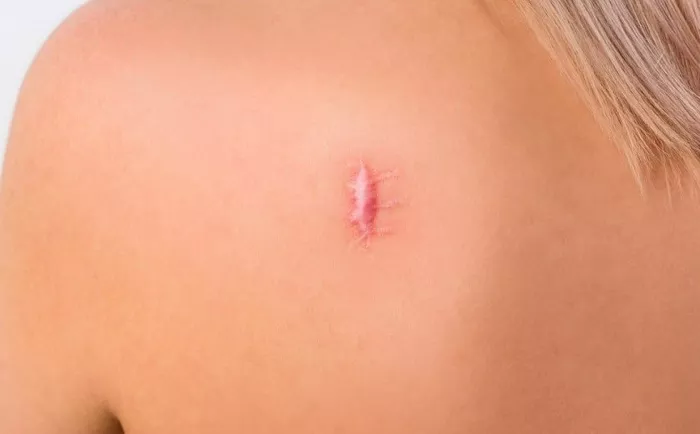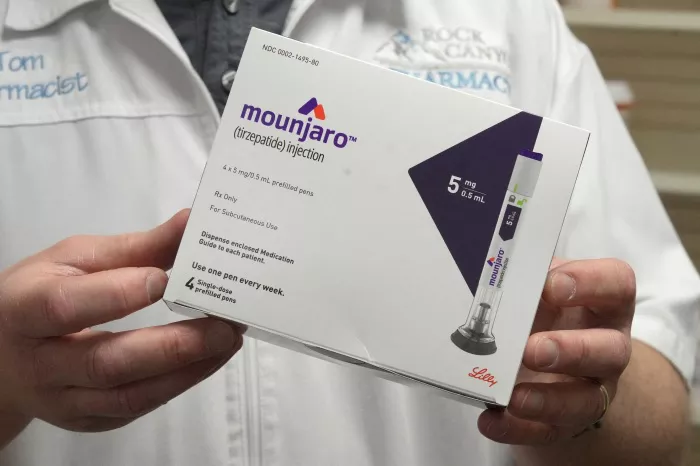Keloids, raised overgrowths of scar tissue, can pose both cosmetic and functional concerns for individuals. While medical interventions are available, exploring home remedies for keloids is a common approach. This comprehensive guide delves into various home remedies that individuals can consider, understanding the science behind each remedy, potential benefits, and key considerations in managing keloids from the comfort of home.
Understanding Keloids
Keloids result from an overproduction of collagen during the healing process of a wound. Unlike typical scars, keloids extend beyond the original wound site and can become larger than the initial injury. These raised, often reddish or pinkish, growths can develop after injuries, surgical procedures, acne, or even spontaneously.
Keloids are more common in individuals with darker skin tones and may cause itching, pain, or discomfort. While they are generally harmless, the desire to reduce their visibility often prompts individuals to explore home remedies as a part of their keloid management strategy.
Moisturization and Keloids
One fundamental aspect of managing keloids at home is moisturization. Keeping the skin well-hydrated can help improve the overall appearance and texture of keloids. Moisturization is believed to contribute to a more pliable and supple scar tissue, potentially reducing symptoms such as itching and discomfort.
Various moisturizing agents, such as aloe vera gel, coconut oil, or cocoa butter, can be applied to the keloid site. These home remedies aim to lock in moisture, creating an environment that supports the skin’s natural healing processes.
Aloe Vera’s Healing Touch
Aloe vera, known for its soothing properties, is a popular choice in home remedies for keloids. The gel extracted from the aloe vera plant contains compounds that may contribute to the reduction of inflammation and the promotion of wound healing.
Applying a thin layer of aloe vera gel to the keloid site is a common practice. Regular and consistent application is key to harnessing its moisturizing and healing properties. While aloe vera may not eliminate keloids entirely, it has the potential to improve their texture and reduce symptoms.
Coconut Oil
Coconut oil is celebrated for its moisturizing and nourishing properties. Rich in fatty acids, coconut oil is believed to penetrate the skin and provide deep hydration. In the context of keloids, regular application of coconut oil can contribute to softening the scar tissue and potentially minimizing discomfort.
To use coconut oil as a home remedy for keloids, individuals can apply a small amount to the keloid site and gently massage it in circular motions. The aim is to ensure that the oil is absorbed into the skin, promoting hydration and suppleness.
Cocoa Butter
Cocoa butter, derived from cocoa beans, is a natural fat that is commonly used in skincare. It is rich in antioxidants, which play a role in protecting the skin from oxidative stress. For keloids, cocoa butter is often chosen as a home remedy to moisturize the scar tissue and potentially improve its appearance.
Applying cocoa butter to the keloid site involves gently massaging a small amount into the scar. The antioxidants in cocoa butter may contribute to the overall health of the skin, and consistent use is recommended for optimal results.
Onion Extract
Onion extract, available in the form of gels or creams, has been explored for its potential in managing keloids. While not a typical home remedy that can be prepared in the kitchen, onion extract is easily accessible over the counter.
Onion extract is believed to influence collagen production and reduce excessive scarring. Applying a gel or cream containing onion extract to the keloid site may help address the texture of the scar tissue. As with any home remedy, consistency in application is vital for potential benefits.
Lemon Juice
Lemon juice, with its acidic properties, is sometimes considered in home remedies for keloids. The citric acid in lemon juice is believed to act as a natural exfoliant, potentially assisting in the removal of dead skin cells and promoting the turnover of skin.
It’s important to note that lemon juice may cause irritation in some individuals, especially those with sensitive skin. If used, it should be diluted with water before application to the keloid site. As with any home remedy, a patch test on a small area is advisable to assess individual skin sensitivity.
Honey
Honey, renowned for its antimicrobial properties, is a multifaceted ingredient in home remedies for keloids. While its ability to combat infection is beneficial, honey also serves as a natural moisturizer, contributing to the overall health of the skin.
Applying a thin layer of honey to the keloid site and leaving it on for a period before rinsing it off is a common practice. The antimicrobial properties of honey may support the healing process, and its moisturizing effects can contribute to scar texture improvement.
Tea Tree Oil
Tea tree oil, derived from the leaves of the Melaleuca alternifolia plant, is known for its antiseptic and anti-inflammatory properties. While it is often associated with acne treatment, some individuals explore its potential benefits in managing keloids.
Diluted tea tree oil can be applied to the keloid site, aiming to harness its antimicrobial and anti-inflammatory effects. It’s crucial to dilute tea tree oil before application, as using it undiluted may cause skin irritation.
Considerations for Home Remedies and Keloids
While home remedies for keloids offer a natural and accessible approach to scar management, several considerations should guide their use:
Consistency is Key: Home remedies require consistent and regular application to potentially see results. Skipping applications or discontinuing use may diminish the potential benefits.
Individual Responses Vary: Each individual’s skin responds differently to home remedies. What works for one person may not yield the same results for another. Patience is essential, and adjustments may be needed based on individual responses.
Skin Sensitivity: Some home remedies, such as lemon juice or tea tree oil, may cause skin irritation in certain individuals. Performing a patch test on a small area before widespread application helps assess sensitivity.
New vs. Old Keloids: Home remedies may be more effective for new keloids, and early intervention is often recommended. Older keloids, which have fully matured, may be less responsive to home remedies.
Combination Approaches: Combining multiple home remedies or incorporating them into a broader scar management routine can enhance overall effectiveness. For example, moisturizing agents like aloe vera can complement exfoliating agents like lemon juice.
Professional Guidance: While home remedies are accessible, seeking professional guidance from a dermatologist is advisable, especially for persistent or severe keloids. Dermatologists can provide tailored advice and may recommend additional medical interventions.
When to Seek Professional Help
While home remedies can be a valuable aspect of keloid management, there are instances where professional intervention is necessary. Seeking the expertise of a dermatologist is recommended in the following scenarios:
Persistent or Growing Keloids: If keloids persist or show signs of growth despite home remedies, a dermatologist can assess the situation and recommend additional interventions.
Severe Symptoms: Keloids that cause severe symptoms such as pain, itching, or discomfort may require medical attention. Dermatologists can provide solutions to alleviate these symptoms.
Old or Mature Keloids: Older keloids that have fully matured may benefit from specialized treatments that dermatologists can offer. These treatments may include corticosteroid injections, laser therapy, or surgical interventions.
Combination Therapies: Dermatologists can develop comprehensive treatment plans that may involve a combination of medical interventions and home care strategies. This holistic approach addresses keloids from multiple angles.
Conclusion
Home remedies for keloids offer individuals a proactive and accessible approach to scar management. From natural moisturizers like aloe vera and coconut oil to exfoliating agents such as lemon juice, these remedies harness the power of natural ingredients to address the texture and appearance of keloids.
While home remedies are a valuable part of scar management, it’s essential to approach them with a realistic understanding of their potential benefits. Results may vary among individuals, and consistency is key to potentially seeing improvements in keloid appearance and symptoms.
In the dynamic landscape of keloid management, the integration of home remedies with professional guidance ensures a comprehensive approach to scar care. Dermatologists, equipped with their expertise, can provide tailored advice, recommend appropriate interventions, and guide individuals on the journey to nurturing skin health and confidence.
[inline_related_posts title=”You Might Be Interested In” title_align=”left” style=”list” number=”6″ align=”none” ids=”3228,3226,3224″ by=”categories” orderby=”rand” order=”DESC” hide_thumb=”no” thumb_right=”no” views=”no” date=”yes” grid_columns=”2″ post_type=”” tax=””]

































